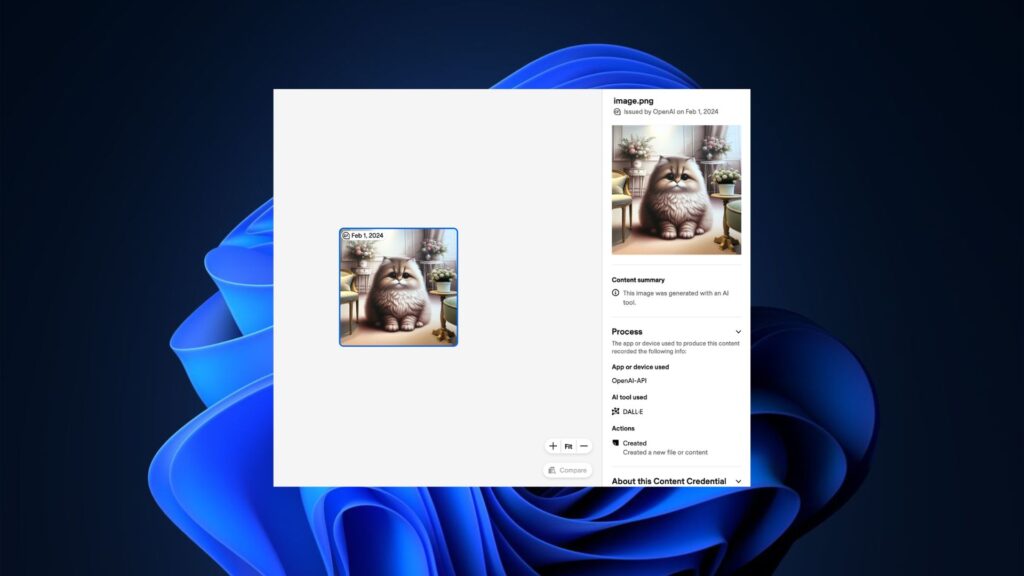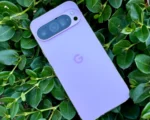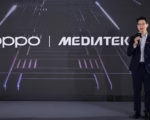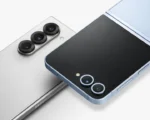Enhanced Protection: OpenAI Integrates C2PA Watermarks into DALL-E 3’s Image Metadata
OpenAI has unveiled its decision to incorporate watermarks into the metadata of AI-generated images produced by DALL-E 3. Embracing the open technical standard championed by the Coalition for Content Provenance and Authenticity (C2PA), the company aims to enhance transparency and accountability in the realm of AI-generated content.
Each image will now bear essential information, including the indication that it was AI-generated, the name of the specific AI model employed, and the application used to generate the image, within its metadata. This strategic move follows Meta’s recent call for AI entities to adopt standardized practices, facilitating the identification and labeling of AI-generated content across social media platforms.
In a comprehensive announcement, OpenAI provided insights into the implementation process, outlining technical intricacies and rollout plans. Notably, images generated using ChatGPT on both the Web client and API, leveraging the DALL-E 3 model, will now feature updated metadata conforming to the C2PA standard.
Furthermore, OpenAI is set to extend this watermarking functionality to the ChatGPT app by February 12, ensuring consistency across platforms. The C2PA standard integrates a specific watermarking technology, affixing a recognizable stamp directly onto the image while embedding pertinent information within its metadata. Consequently, users will notice a distinctive CR symbol positioned in the top-left corner of the image, offering a visible indicator of authenticity, while a detailed version of the watermark can be accessed and verified within the image’s metadata.

Through the metadata, users can check the origins of the image, including information on the AI model and the app used to create it. In the examples shared by OpenAI, the metadata shows a content summary which says, “This image was created with an AI tool.” A separate tab for Process shows whether an API, Web client, or ChatGPT was used, in addition to showing the underlying AI model. As per the company, adding the metadata may slightly increase the size of the image, but there will be no effect on the quality.
While this makes the image more secure than just a visual marker, there are still ways to bypass it. OpenAI highlighted that many social media platforms remove the metadata from uploaded image, and taking a screenshot of the image will also remove it. Therefore, this method may not be enough to determine if an image was indeed created by DALL-E 3 or other AI models.
C2PA includes companies such as Adobe, Microsoft, BBC, Sony, Leica, Nikon, and more. It has been pushing for the adoption of this technology as a method to detect and correctly label AI-generated content. The CR symbol, created by Adobe, was also given by the same group.
















